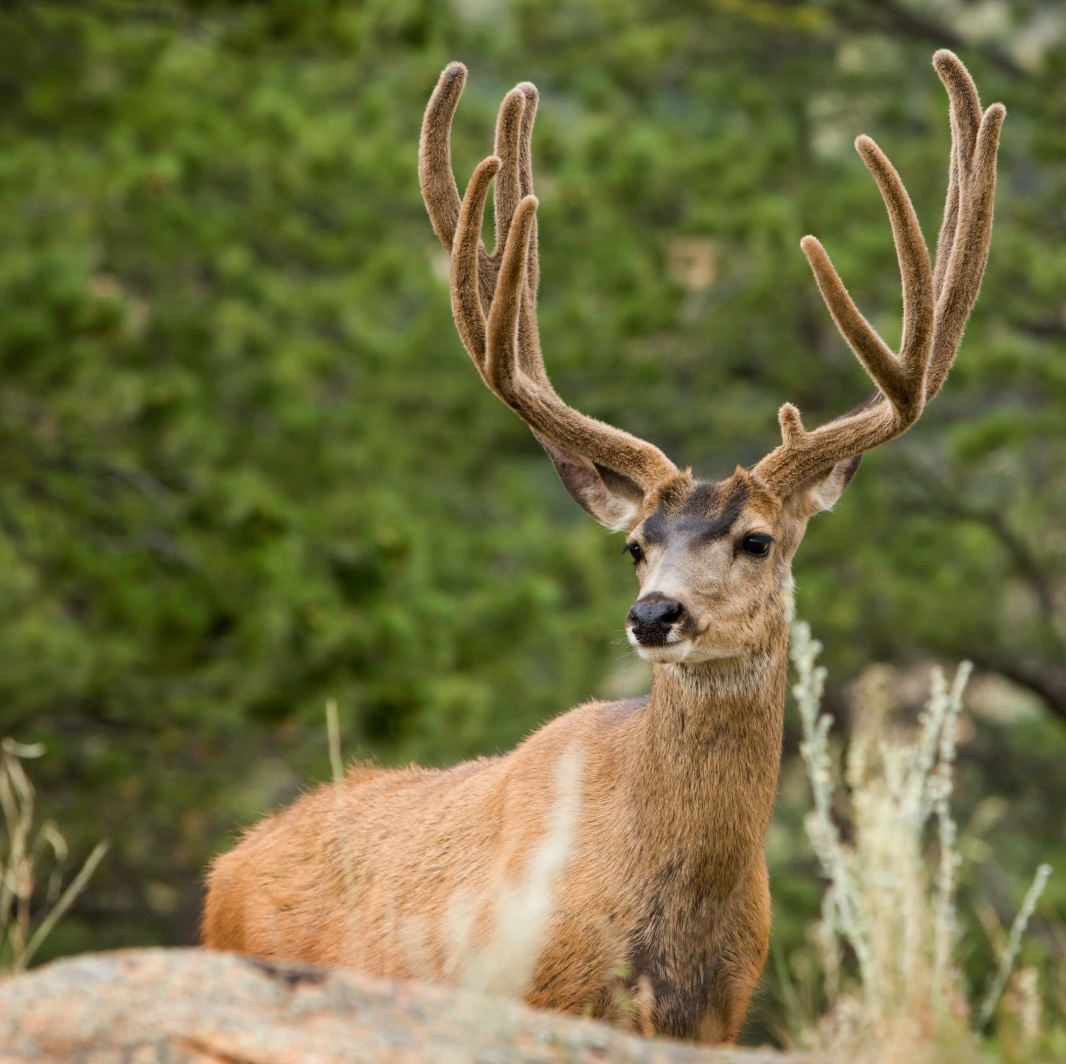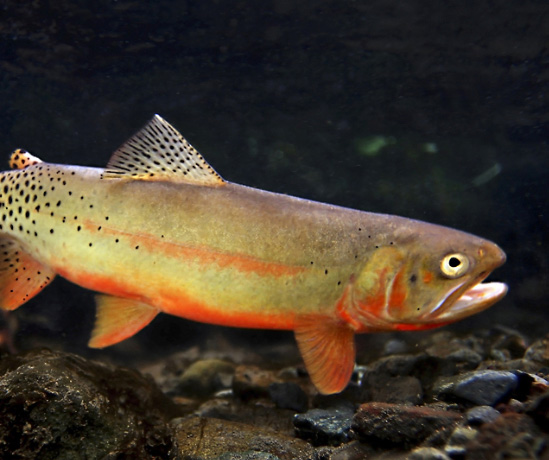The Canada lynx is a threatened species that was reintroduced to Colorado twenty years ago.

The Upper Rio Grande Wildlife Initiative
seeks to foster collaboration to protect and enhance ecosystem health and the ability for wildlife to move across the landscape.

Why Wildlife Corridors Matter
The idea for the Upper Rio Grande Wildlife Initiative developed out of two gatherings of land managers, scientists, policy-makers, conservation groups and community leaders to identify key wildlife corridors in the region, as well as the need for collaboration between federal, state, local and tribal governments.
The Upper Rio Grande
The Upper Rio Grande provides critical habitat to a diverse array of wildlife. The region is considered one of the best-connected wildlife landscapes in the Lower-48 states but many challenges from development now threaten to disrupt these migration corridors.
The Upper Rio Grande Wildlife Corridors and Connectivity Initiative seeks to foster collaboration by bringing together diverse stakeholders including tribal communities, federal and state agencies, conservation groups, community leaders and private land owners.
Priority Wildlife Connectivity Areas
- national forest
- designated wilderness
- caja del rio management area (proposed)
- chama basin watershed protection area (proposed)
- spruce hole / osier / toltec connectivity special interest area (proposed)
- san antonio management area (proposed)
- valle vidal special management area (proposed)
- national monument
Land management plans, which are only rewritten every 20-30 years, are currently being developed. A broad coalition is urging that five areas, shown above, be given special protection to ensure wildlife maintains its ability to move freely within the region.
Wildlife of the Upper Rio Grande
The Upper Rio Grande is home to a broad array of wildlife including bighorn sheep, elk, pronghorn, mule deer, golden eagles and Rio Grande cutthroat trout.

People of the Upper Rio Grande
A diverse group of people live, work and play in the Upper Rio Grande, including tribal members, cattle ranchers, scientists, hunters, anglers, military veterans and many others. Here are some of their stories.




